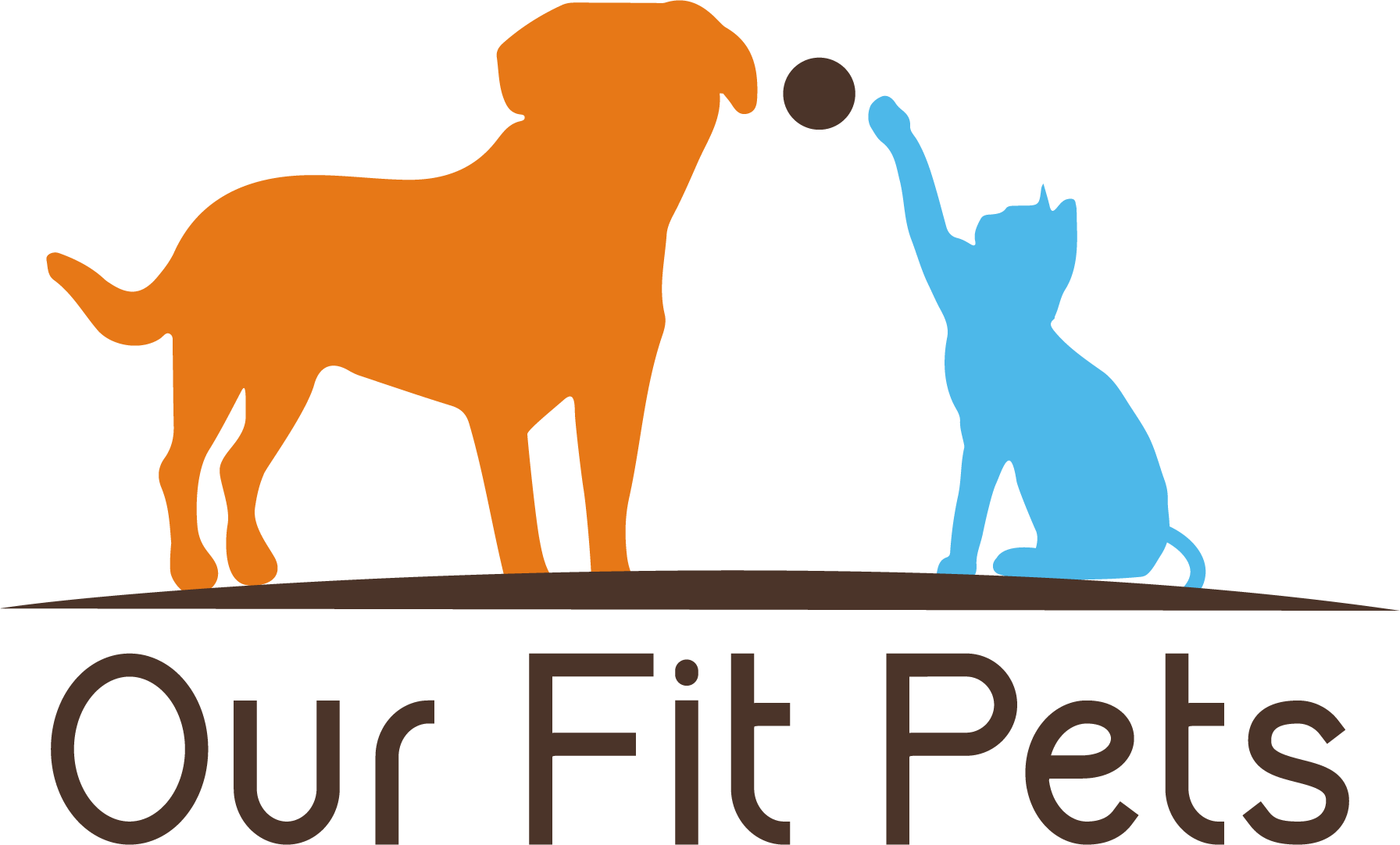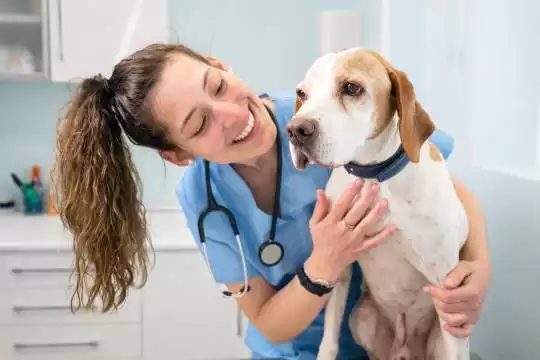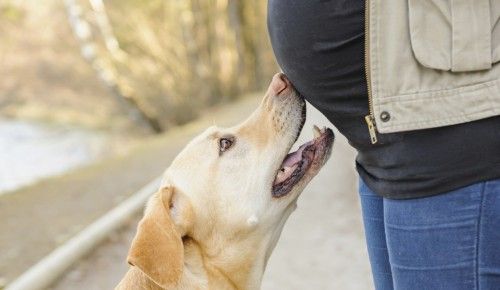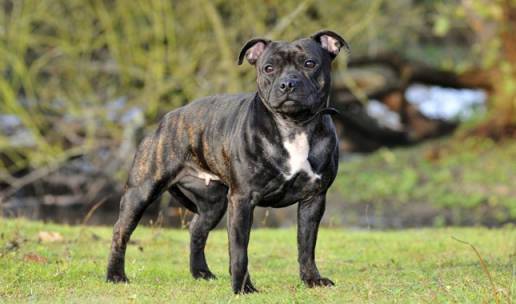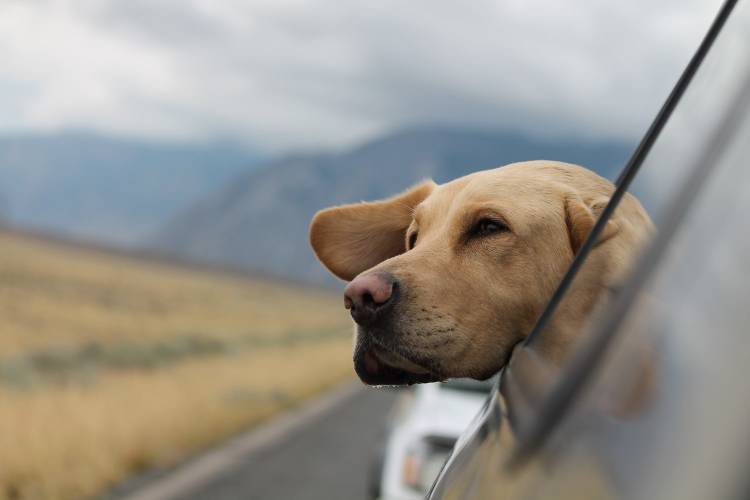Is your dog about to be spayed? If so, you may have a few questions on what to expect, how to care for her, etc. It can be a scary time for pet parents. We’ve put together a guide to help you both get through the recovery period! And remember, your vet will also be ready to help with any questions or concerns you may have.
Connect with a verified veterinarian in minutes. Licensed vets are available 24/7 to answer your questions. No need to worry about your furry family member.
Spaying and the Responsible Pet Parent
Many people are still afraid to have their pets fixed; however, it’s one of the best things you can do as a responsible pet parent. Spaying your fur baby will help control the number of homeless pets that are born each year. You can help keep these pets from ending in shelters and being euthanized.
Spaying also has some medical benefits:
- Your pretty girl won’t have to go into heat again.
- She’ll live a longer healthier life if she’s fixed.
- You’ll save your fur baby from certain types of cancer, which can develop later in life.
- Your pup won’t have to go through pyometras, a type of uterine infection that can be life-threatening and expensive to treat.
These are a few of the reasons be a responsible pet parent and have your canine companion fixed.
What is Spaying?
Spaying is a type of surgery for female dogs, in which the ovaries, fallopian tubes and uterus are removed. This is generally done to keep her from reproducing and to help improve her overall health in the years to come. The surgery typically takes about 20 minutes to an hour, depending on the dog’s health, age, etc. After the surgery, your pet’s body will no longer produce the hormones associated with reproduction. These hormones can sometimes cause health issues for dogs later in life, including certain types of cancer.
You may be wondering if there’s risk involved with this type of surgery. The short answer is yes. Any surgery—major or not—carries some risk. However, rest assured that this type of surgery is very routine and is generally safe for most pets. Your vet will possibly give your dog a physical before surgery to make sure she’s healthy. The physical may involve blood work to make sure there are no underlying health issues, too.
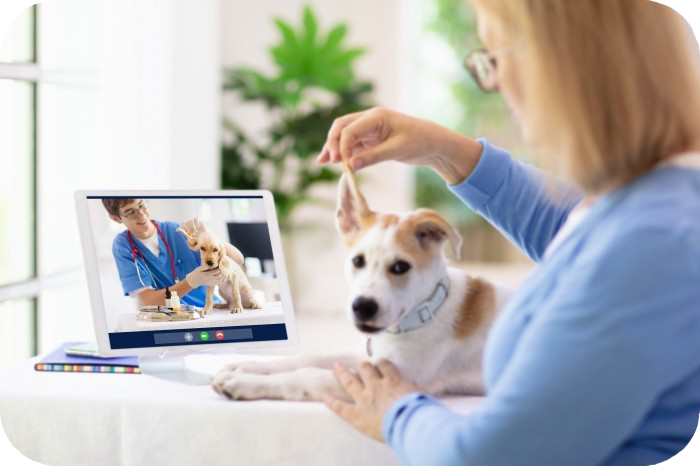
Review symptoms, medications & behavior to keep your pets healthy with a Vet Online in just minutes.
Ask a Vet Live NowCaring for Your Dog After Spaying
What to expect after spaying a dog? It’s important to understand that your dog has just undergone surgery. This is a major surgery—unlike neutering for male dogs. After the surgery, the vet will give you instructions on how to care for your pup. Your vet will possibly give your dog a physical before surgery to make sure she’s healthy. The physical may involve blood work to make sure there are no underlying health issues, too.
How Long Does It Take for a Dog to Recover from Being Spayed?
The average recovery time after spaying is generally about two weeks; however, this will vary by each individual dog. If the incision is somehow irritated or damaged, this will extend your pup’s recovery time. Smaller dogs tend to have a faster recovery than larger dogs. Also, dogs that are older may also need a longer time to recover. Your vet will let you know how the surgery went and advise you on how long the recovery period will be for your special fur baby.
Spaying Post-Op Care Tips
After her surgery, your pup will need some tender loving care, plus you’ll need to watch for any problems or health issues that may come up during this time. Your dog will have an incision and stitches which will need to be watched and cared for. Here’s what you can do to help your fur baby during recovery.
Here are some common things to expect after your pup has surgery:
1. Coming home: your vet may let you pick up your dog and bring her home the day of the surgery; however, the vet may choose to keep her overnight for observation. This may be the vet’s normal practice for post-op care, but if your pup is having any issues after surgery, expect she may need to stay with the vet at least a day or so.
2. The infamous collar/cone: your dog may be fitted with a collar after surgery. This is placed around her neck to keep her from chewing the stitches and/or her incision. While this doesn’t look comfortable and your dog may not like it, be sure to leave the collar/cone on for the time period specified by your vet.
3. Incision & stitches: your canine companion will have an incision that runs from her navel (yes, dogs have navels!) toward her hindquarters. The incision length will vary from dog to dog as it depends on where their organs are located, how enlarged they may be, etc. Your pup will also have stitches that are used to close the wound—be sure she doesn’t bite or chew her stitches, as this could reopen the wound, which could possibly lead to infection.
4. Pain: some dogs have more discomfort than others after the surgery. Your vet may prescribe pain relievers to help ease your pup’s pain. Some vets don’t prescribe pain medicine. If your fur baby seems to be very uncomfortable, be sure to call the vet and let them know. They may go ahead and prescribe medicine to make her feel more comfortable.
5. Nausea and vomiting: your dog will have had anesthesia, which can cause nausea and vomiting post- surgery. If she doesn’t feel like eating the first day or so after surgery, don’t force her to eat. Just monitor how she’s doing and if she doesn’t start eating by day 3, then be sure to call the vet and let him know.
When You Get Home
Before she comes home, you may want to set up a comfortable, dark area for your pup to rest. It’s a good idea to make sure her resting spot is set up in a more contained space. This will help to keep her movements to a minimum in order to allow her to heal. You might use a dog bed or comfortable blanket—whatever she normal likes to sleep on is best. Familiar things will help her feel better and rest more comfortably. Make sure the floor is covered with newspapers or some other material, as your fur baby may have potty accidents after her surgery.
Keep the area clean and dry in order to help her rest and to keep her incision clean and dry.
Going home is a joy for you—to bring your fur baby home once again! Remember, she will still be feeling the effects of anesthesia. She may not be able to show her happiness at seeing you and going back home. That’s OK and this is normal. Don’t take it personally. Your pup may be a little disoriented and sleep after surgery. She may also experience nausea and vomiting. All of this is normal; however, if you believe your dog is experiencing any unusual symptoms, be sure to call the vet and let them know as soon as possible. Your fur baby will need to stay quiet as she heals. That means no excessive exercise or playtimes, no jumping or running, etc. These activities could reopen her incision. She’ll need to stay quiet during most of the 2-week recovery time.
Giving medication after spaying operation
If your vet has prescribed medications, be sure to give these to your pup exactly as directed and on time. Medications may include an antibiotic to prevent infection, along with some pain meds to make your fur baby more comfortable. Be sure your dog can’t/doesn’t chew, lick or bite her incision. As the incision heals, it will start to itch and may be sore. Some dogs may try to relieve the discomfort by licking or chewing the stitches and surrounding area. These actions can also cause other problems with the surgical wound, such as inflammation, seepage (where a stitch has been opened), etc. This is why most dogs are sent home with a collar/cone. If your pup doesn’t have a collar, but begins to bother the incision/stitches, let the vet know and they may prescribe a collar/cone to keep the incision safe.
Your vet may offer some guidance and directions on how and what to feed your girl after she comes home. Her appetite may be off from the anesthesia and the surgery. The vet may suggest a smaller amount of food and water for a day or until, until she’s over the nausea and tummy upset. The vet will also let you know when to bring your precious fur baby back for a post-surgery checkup. Be sure to set the day as close to his recommendations as possible. If your vet used regular stitches, these may need to be removed; however, if he used absorbable stitches, they will not require removal. In addition, the vet will check to see how your pup’s doing overall and make sure she’s healing well and at a good pace. This is a good time to ask questions, bring up concerns, etc.
Be sure to call the vet if your dog shows any signs of inflammation, swelling, she’s seems to be in a lot of pain, has a fever, is oozing fluid from her incision, etc. These may be signs of an infection or other health issues and she needs to see the vet as soon as possible. How long after spaying can my dog play? This is a good question for your vet, as it will depend on your dog’s overall health, age and how she’s doing during the recovery period. Generally speaking, if your dog is doing well in all ways, then she may begin her favorite activities about 14 days after surgery. Be sure to check with your vet before allowing your pup to be active again, even if she seems anxious to get out to run and play.
Complications After Spaying a Dog
While this is a routine surgery, some dogs may experience complications during their post-op recovery period. Here’s a list of some of the most common complications after being spayed:
Hemorrhaging: this can occur for many different reasons, including if your dog is too active after surgery.
Wound rupture: the incision could come apart for many reasons, including chewing/licking, too much activity too early. Another cause can include stitch knots not tied firmly enough. Watch for any bleeding or seeping and report this to your vet ASAP.
Hpoglycemia: can happen when your pup’s glucose levels become too low. This may happen due to the need to fast before surgery or if she’s not eating well after her operation.
Hypothermia: is also possible after surgery, and is more common in smaller dogs, though large dogs may also experience this symptom. You can try using a warm hot water bottle placed next to her, but make sure the hot water bottle is covered with a towel or other protecting layer. Sometimes the outside of the bottle may become too hot and can cause a burn. You can also wrap your pup in blankets, in fact, you could heat a blanket in the dryer and then place this around your fur baby to help her warm up.
Cough/wheezing: your fur baby may develop a cough after surgery—a slight cough is normal for a day or two. However, if she seems to develop a hard cough or wheezing she doesn’t normally have, then be sure to call the vet as soon as possible.
Watch for These Symptoms
The signs and symptoms of surgical complications may include the following:
- Not eating or drinking
- Lethargy or discomfort 1-2 days post surgery
- Excessive diarrhea or vomiting
- Pale gums
- Breathing problems (cough/wheezing)
- Seeping and oozing from the incision
- Swelling and inflammation at the site of the incision
- Incision has reopened
- Has trouble standing or walking
These are all signs and symptoms that indicate it’s time to call the vet as soon as possible. Your fur baby could be suffering complications from t he surgery.
Chances are that your dog will be up and around again after her recovery. We hope this guide provides you with helpful information to keep your fur baby comfortable and healthy during her recovery. We wish her all the best!
Connect with a verified veterinarian in minutes. Licensed vets are available 24/7 to answer your questions. No need to worry about your furry family member.

Kim
Kim is a talented author, who loves animals especially dogs. She engaged in writing books and articles relating to animals a decade ago. Kim resides in Chicago with her husband and son. The family is the proud owner of a dog and a parrot (Jack and Lily). Kim wanted more than these two pets, but her husband put his foot down... She often visits elementary schools to talk to the kids about what she learned about pets and how they could learn from them.
Review symptoms, medications & behavior to keep your pets healthy with a Vet Online in just minutes.
Ask a Vet Live Now